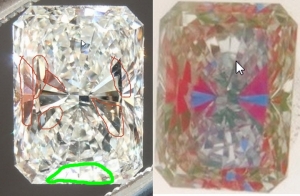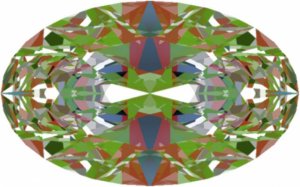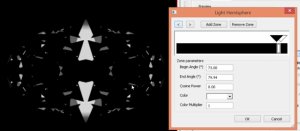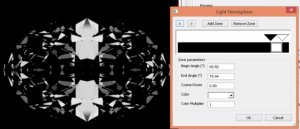- Joined
- Jan 7, 2009
- Messages
- 9,725
Hi Karl,Karl_K said:There is little to no light coming from the red zone in ASET in your tweezers shots which is what people have been complaining about. Its all green zone and overly bright and hitting the pavilion, show the light box photo like the rest of them.Rockdiamond|1416006445|3783774 said:Hi Bryan,
The aset shows red in exactly dark the areas clearly indicated in my picture.
I'll gladly take another shot later as time permits- but this aset and my picture match.
There's no effort to light the pavilion in my photos- and quite frankly, this aset and picture should please put to rest the baseless criticism that my pictures won't show darkness where it exists in diamonds..
These pictures rather than putting to rest the complaints about your photos prove them.
Anyone, and I mean anyone who was seen our diamonds and posted about it on here has said that they look like the pictures.
In addition to many thousands of people that have bought the diamonds based on these pictures.
Are there ways of photographing any diamond and make it look bad? Of course!
The best lighting set up for photographing a diamond gets light all over the diamond. You want people to be able to see the whole diamond. Lighting is essential. I have never tried to specifically aim a light into the pavilion of a diamond- but I don't think it would look good.
I am still waiting for someone to publish a picture of what they think a picture of a radiant cut should look like.
Karl- if you could point out graphically where the photo and aset are giving contrary info, I'd really appreciate. Looks the same to me.
The bow tie is apparent- but it's not a really bad bow tie. The Aset and picture both show this







300x240.png)